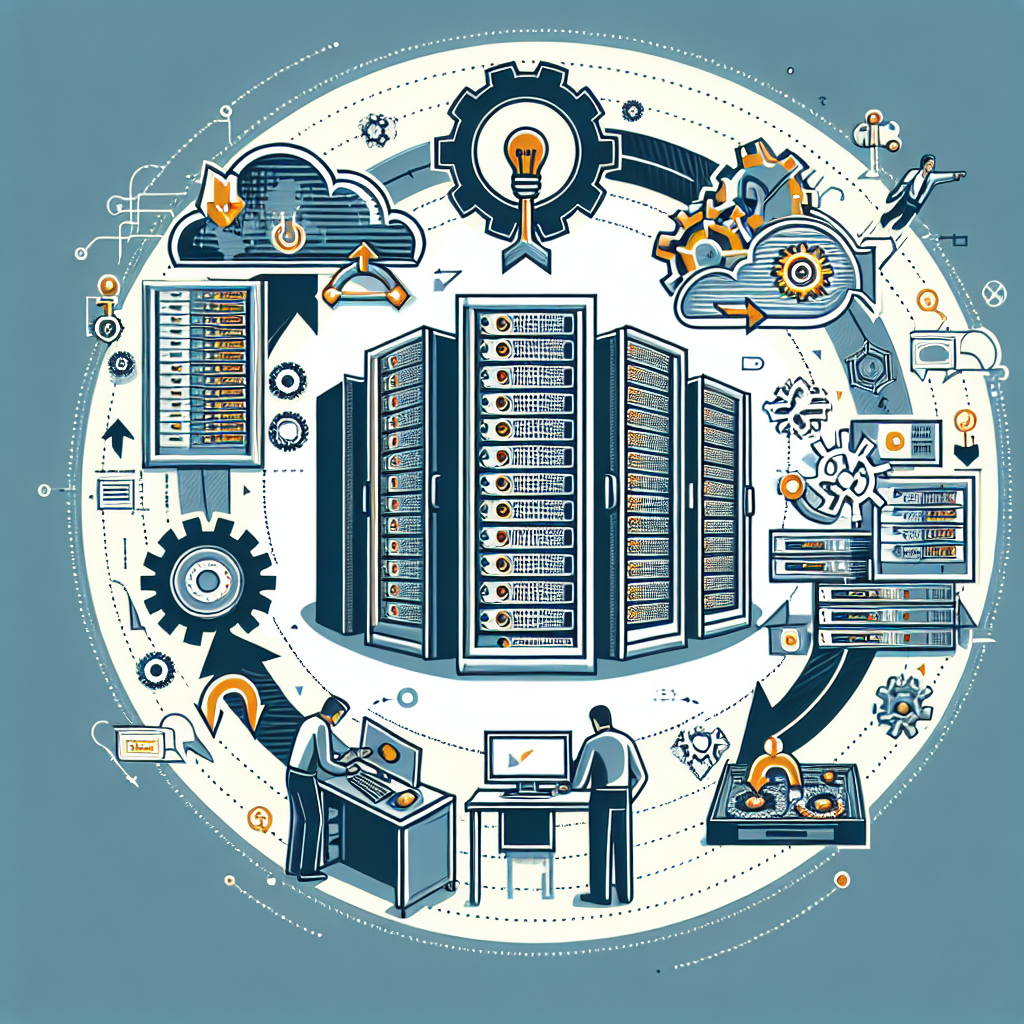Your cart is currently empty!
Key Considerations for Successful Data Center Change Management

Data centers are the backbone of any organization’s IT infrastructure, housing critical hardware and software that support business operations. As technology continues to evolve at a rapid pace, organizations often need to make changes to their data center environments in order to stay competitive and meet the demands of the digital age. However, implementing changes in a data center environment can be complex and risky, as any disruption or downtime can have serious consequences for the business. This is where effective change management comes into play.
Change management is the process of planning, scheduling, and implementing changes to IT systems and infrastructure in a way that minimizes disruption to business operations. When it comes to data center change management, there are several key considerations that organizations must keep in mind in order to ensure successful outcomes. Here are some important factors to consider:
1. Comprehensive planning: Before making any changes to the data center environment, it is important to develop a comprehensive plan that outlines the scope of the change, the resources required, the timeline, and the potential risks and challenges. This plan should be developed in collaboration with all relevant stakeholders, including IT staff, business leaders, and external vendors.
2. Risk assessment: It is crucial to conduct a thorough risk assessment before implementing any changes in the data center. This involves identifying potential risks and vulnerabilities, assessing their impact on business operations, and developing mitigation strategies to address them. By proactively addressing risks, organizations can minimize the likelihood of disruptions and downtime during the change process.
3. Communication and stakeholder engagement: Effective communication is essential for successful data center change management. It is important to keep all stakeholders informed about the planned changes, including the reasons for the change, the expected outcomes, and any potential impacts on business operations. Engaging with stakeholders throughout the change process can help build support and collaboration, and ensure that everyone is on the same page.
4. Testing and validation: Before implementing any changes in the data center environment, it is important to conduct thorough testing and validation to ensure that the changes will work as intended. This may involve running simulations, conducting performance tests, and validating the changes in a controlled environment before deploying them in production. Testing and validation can help identify any potential issues or conflicts before they impact business operations.
5. Documentation and reporting: Throughout the change management process, it is important to maintain detailed documentation of all changes, including the rationale for the change, the steps taken to implement it, and the outcomes. This documentation can serve as a valuable reference for future changes, and help identify lessons learned and best practices for future change initiatives. Reporting on the outcomes of the change management process can also help demonstrate the value of the changes to business leaders and stakeholders.
In conclusion, successful data center change management requires careful planning, risk assessment, communication, testing, and documentation. By considering these key factors and following best practices for change management, organizations can minimize the risks and disruptions associated with data center changes, and ensure that their IT infrastructure remains robust and resilient in the face of evolving technology trends.

Leave a Reply